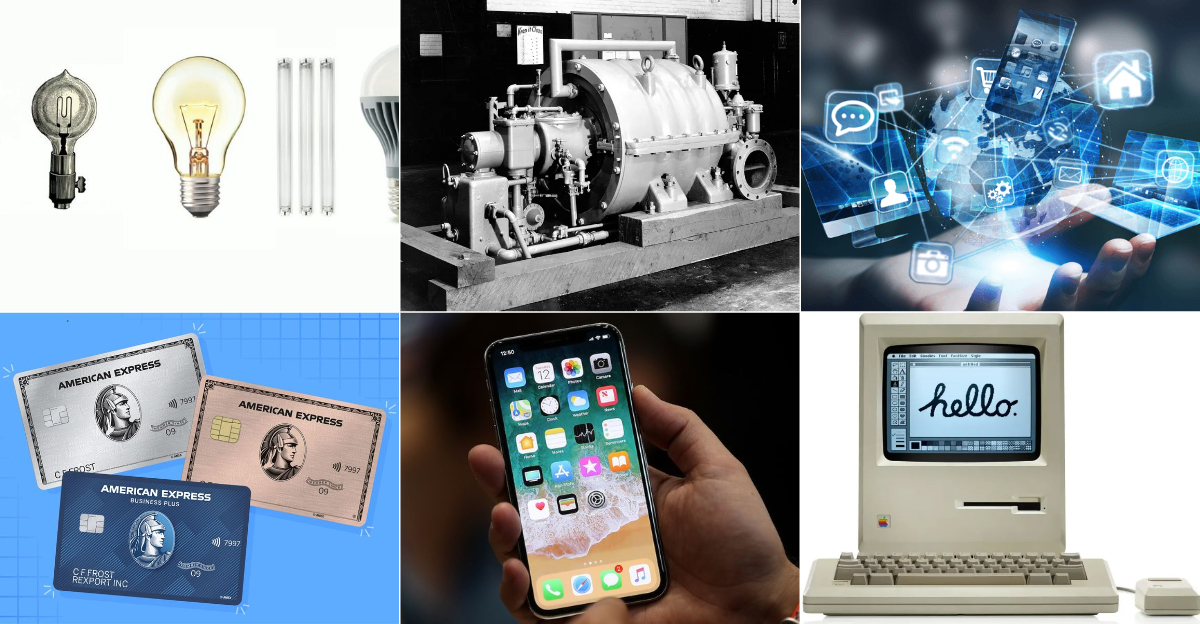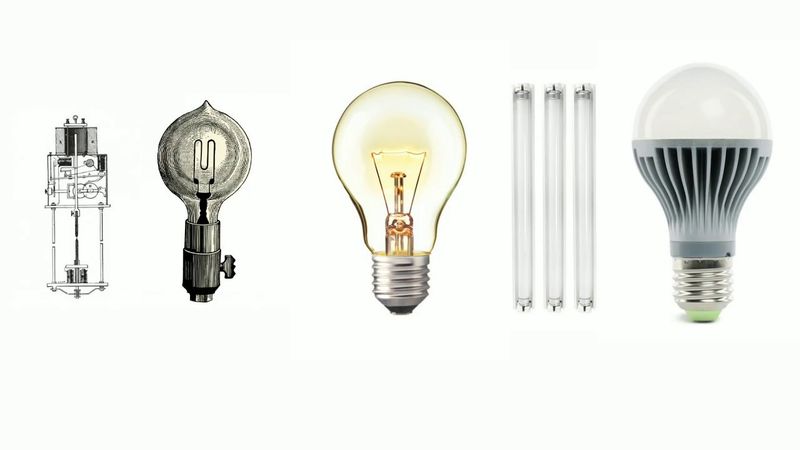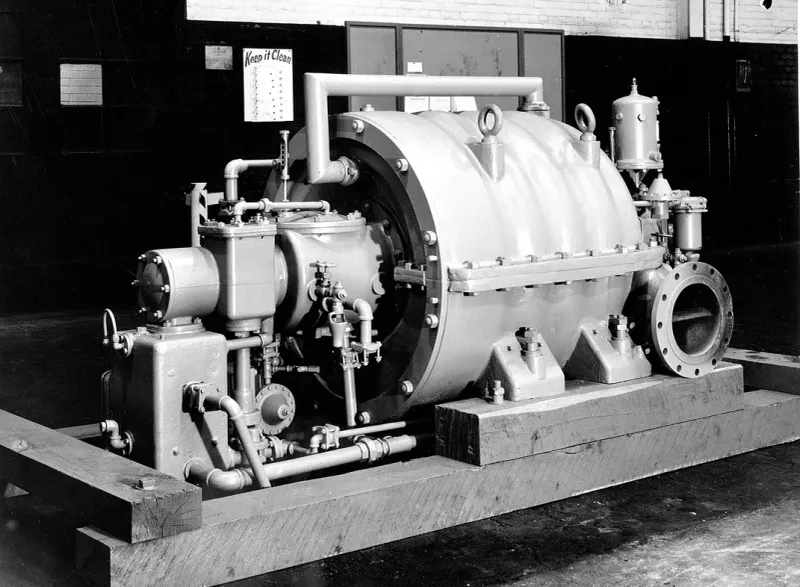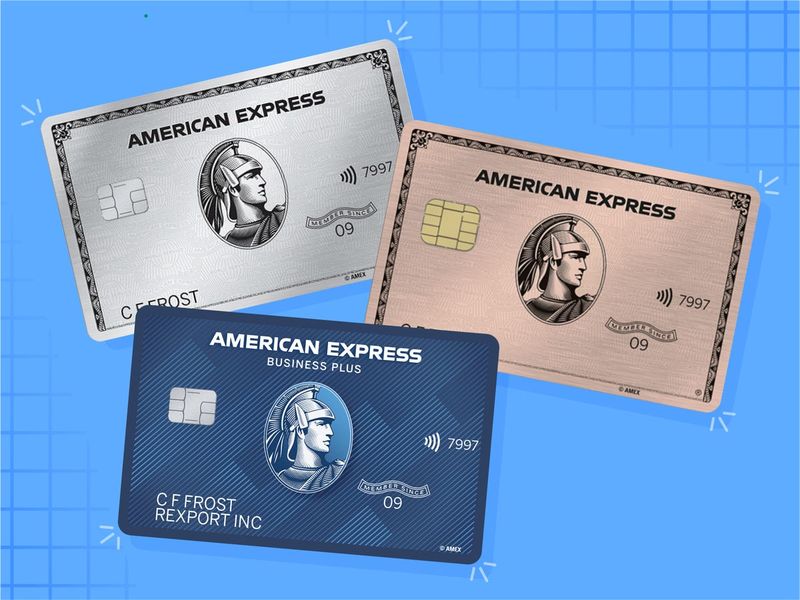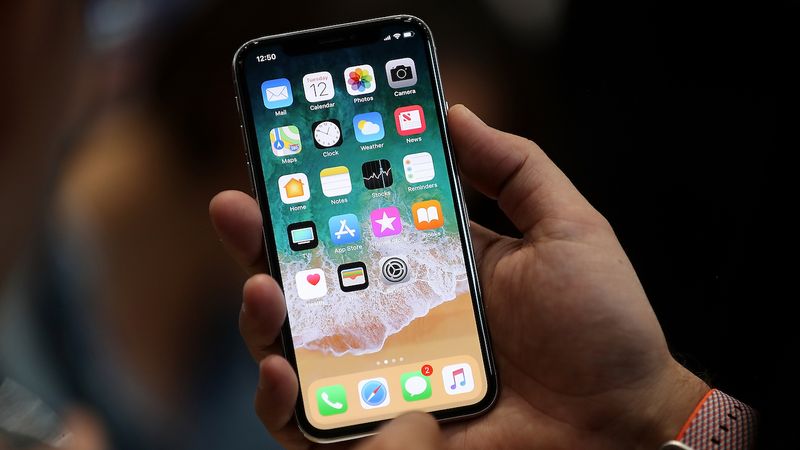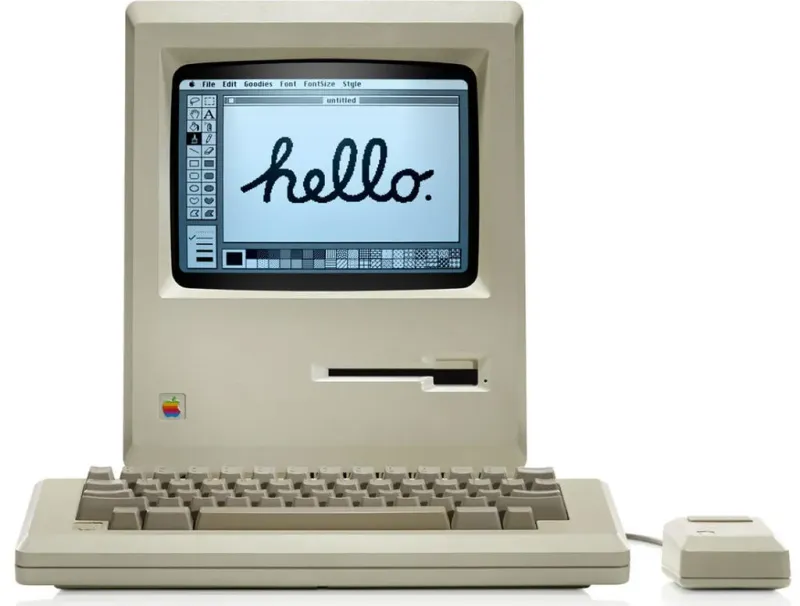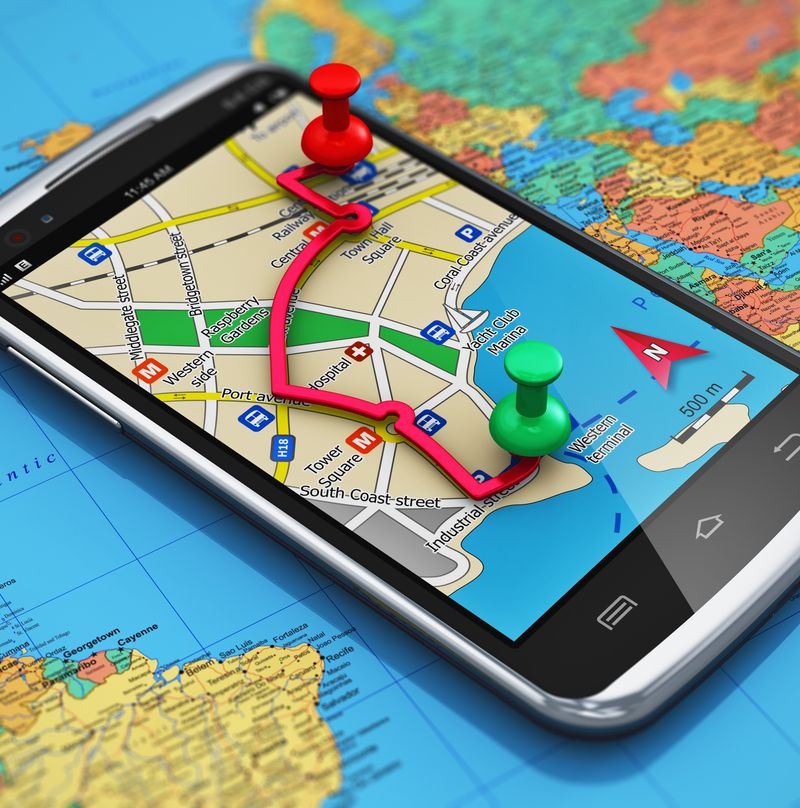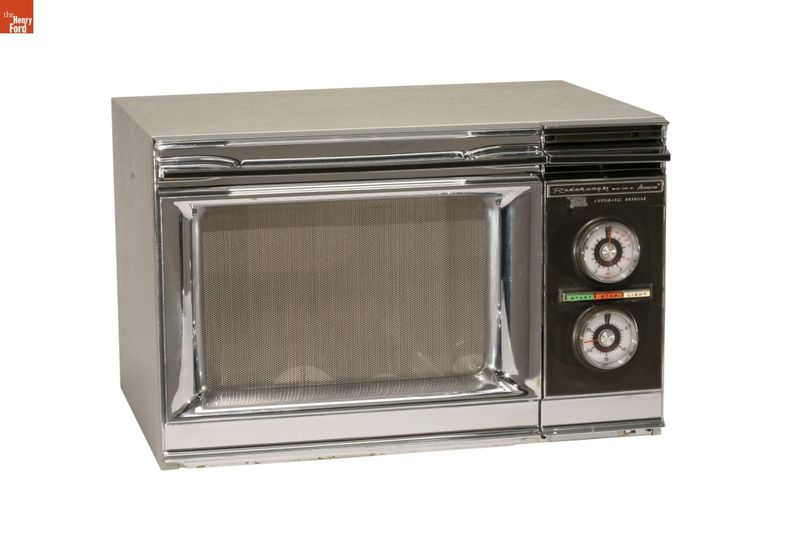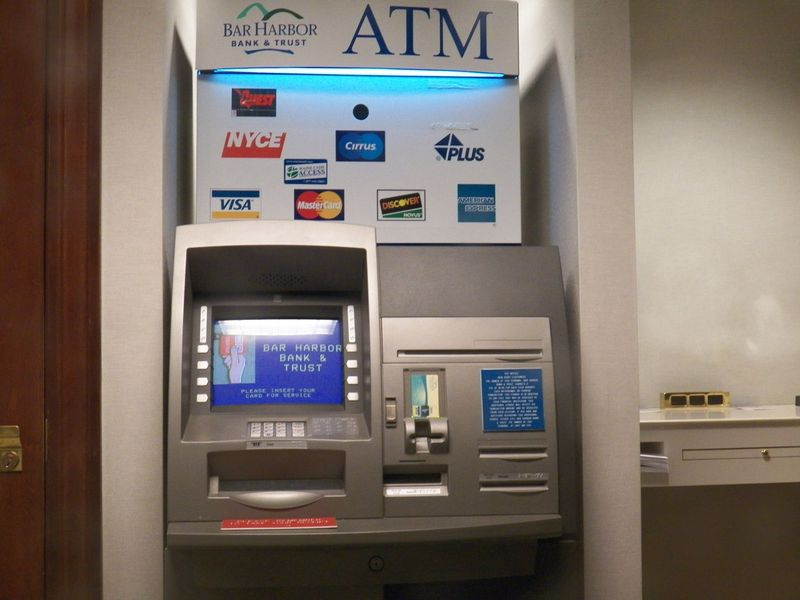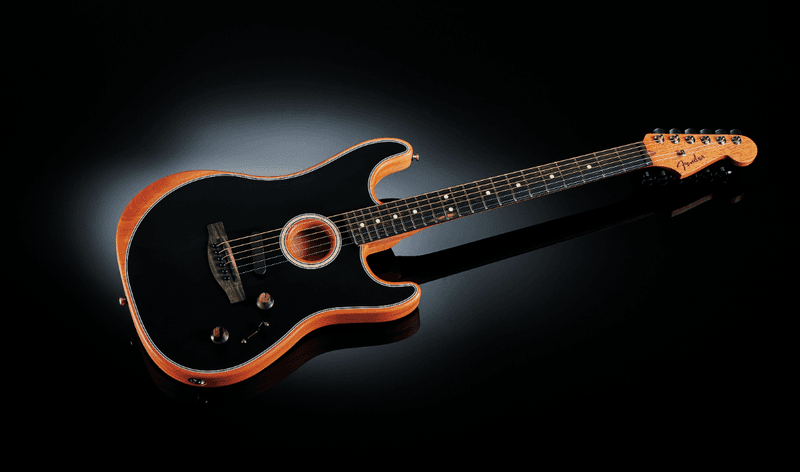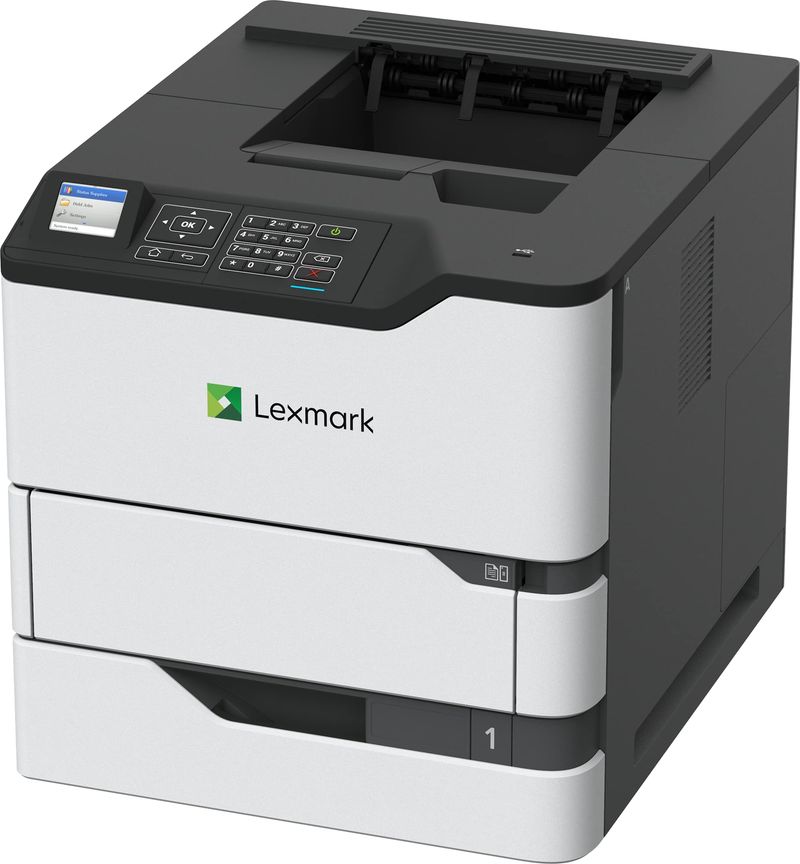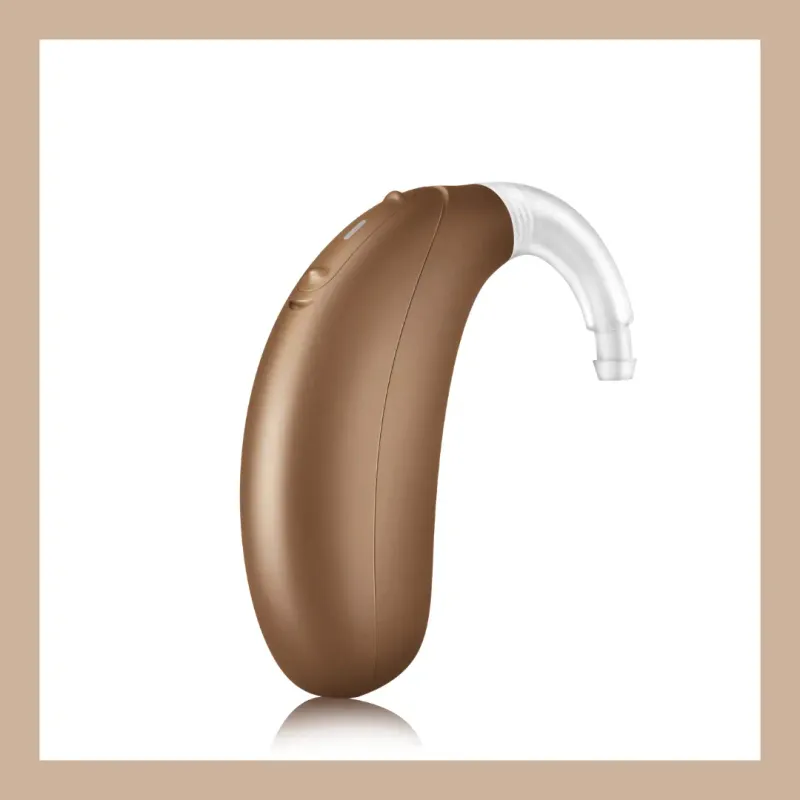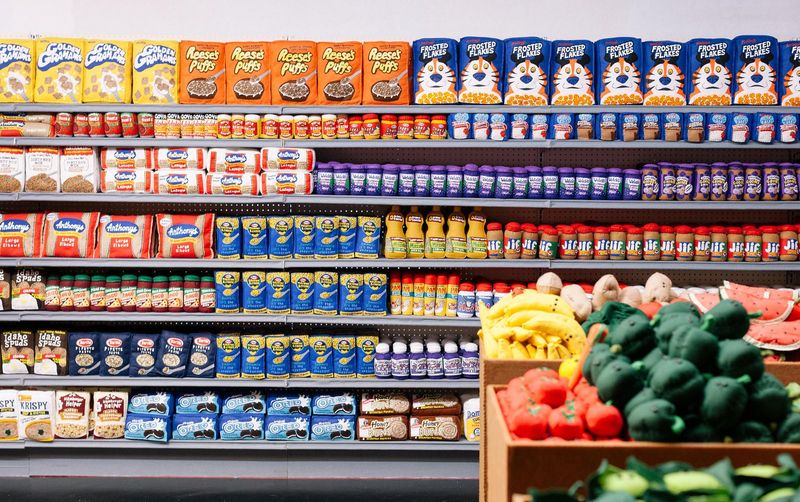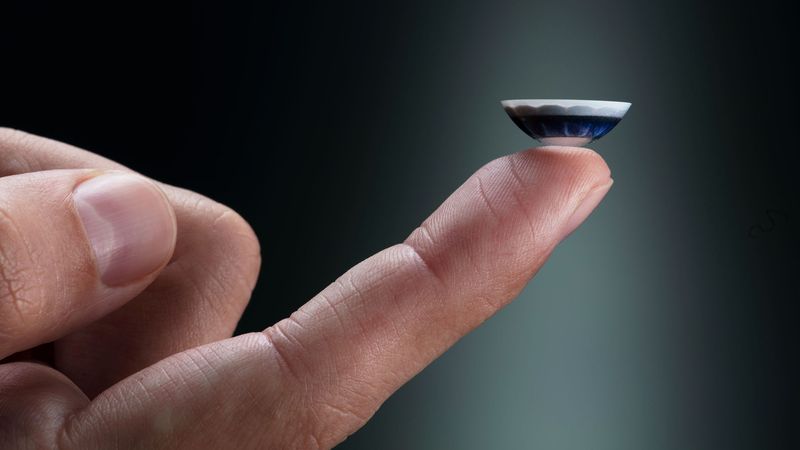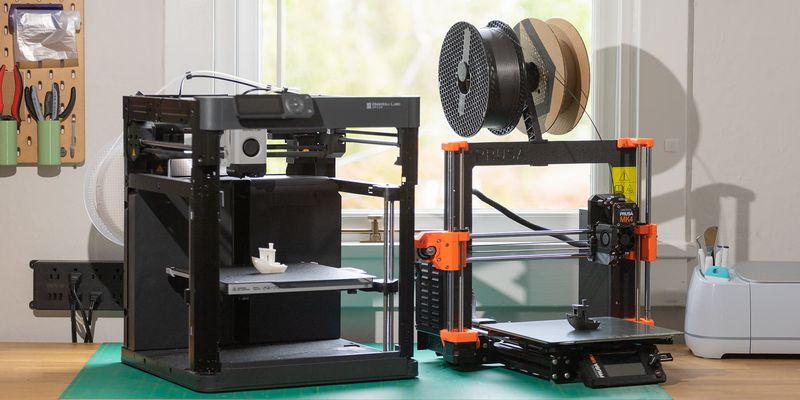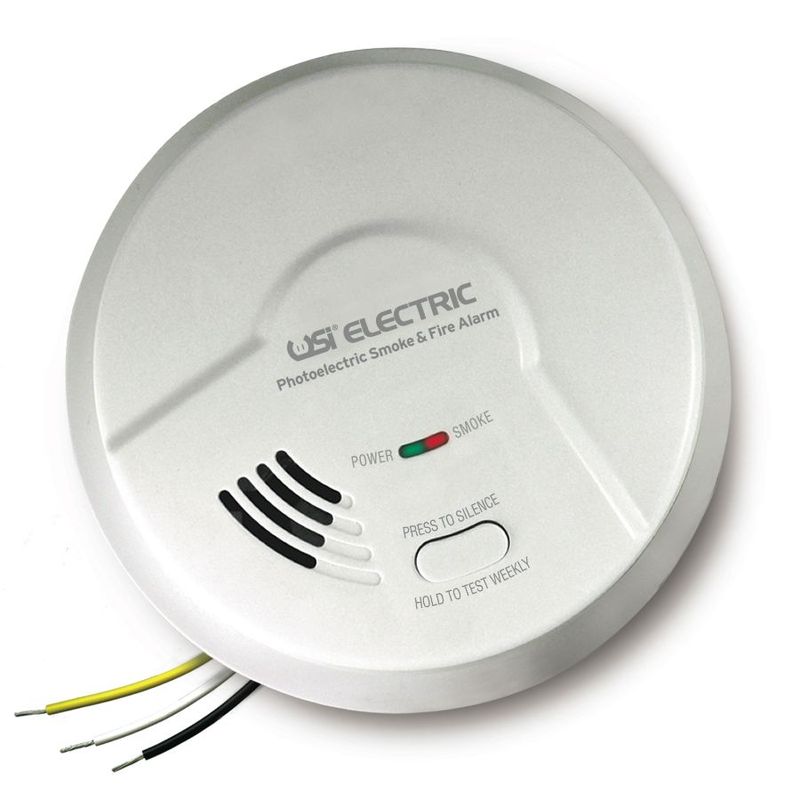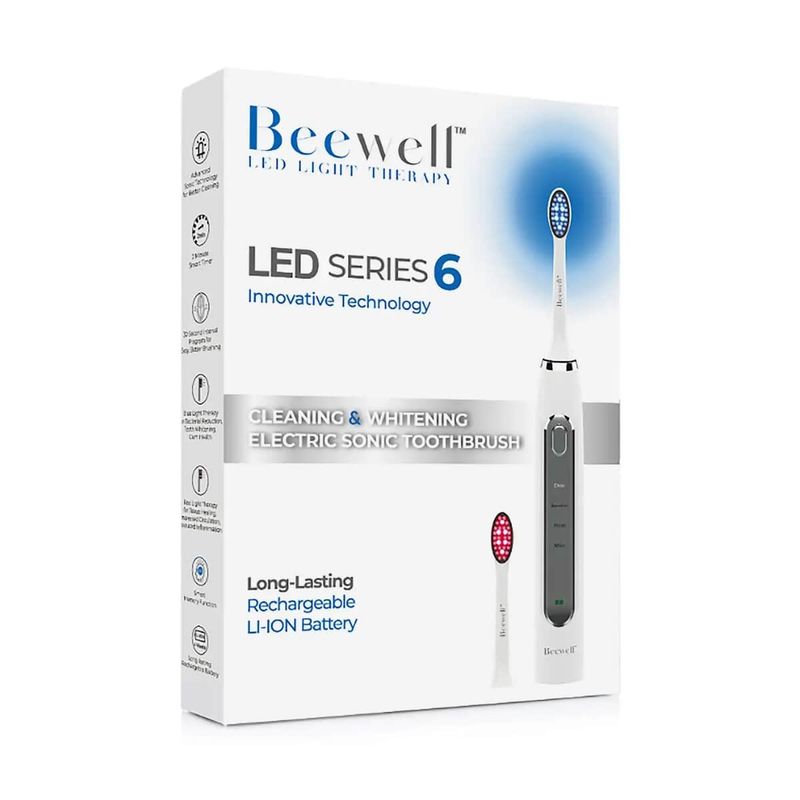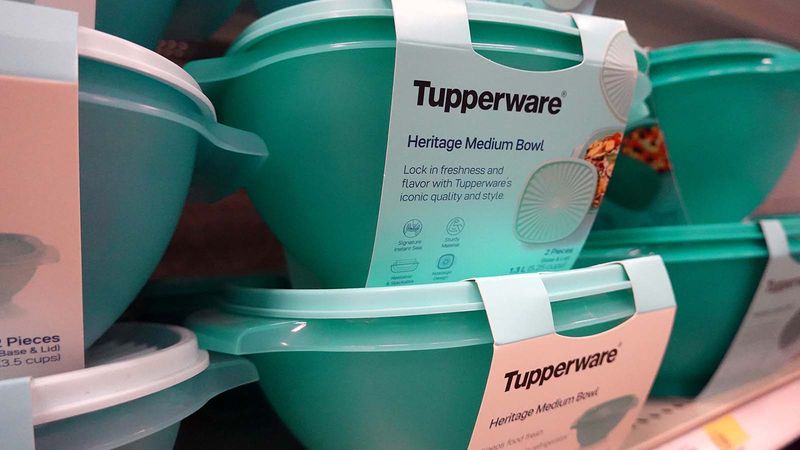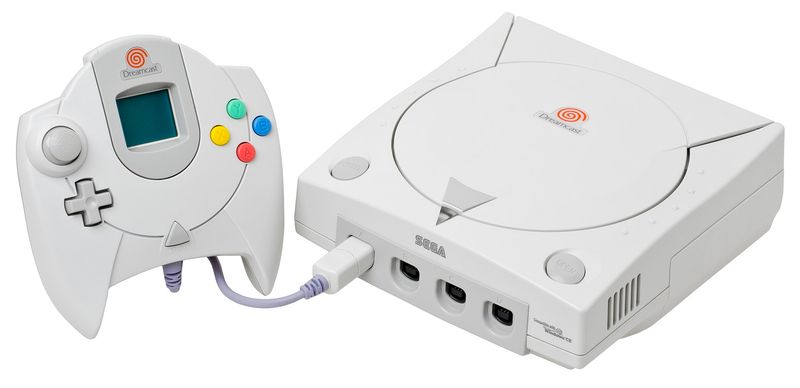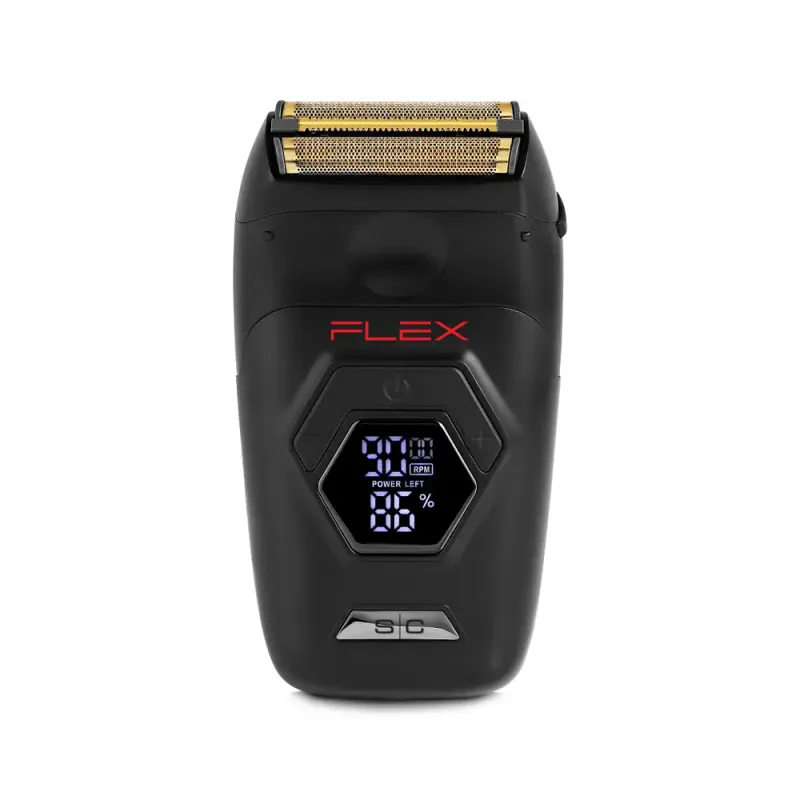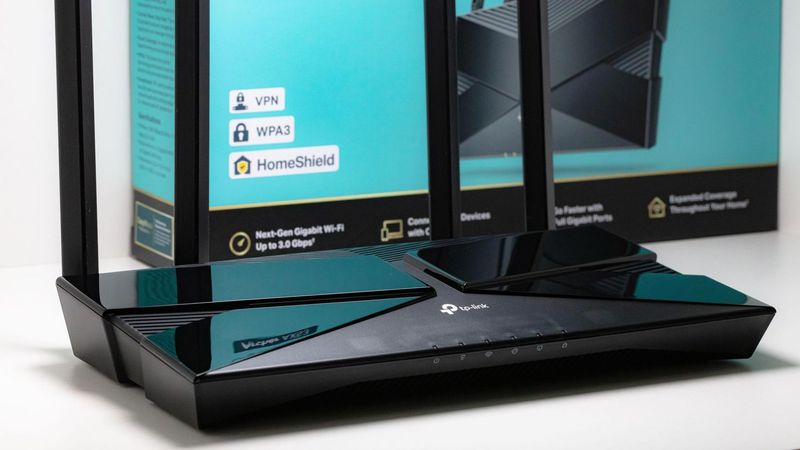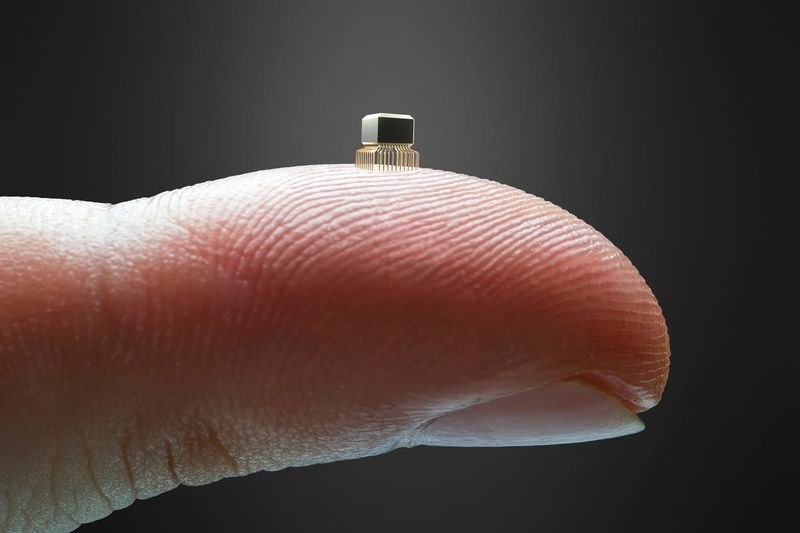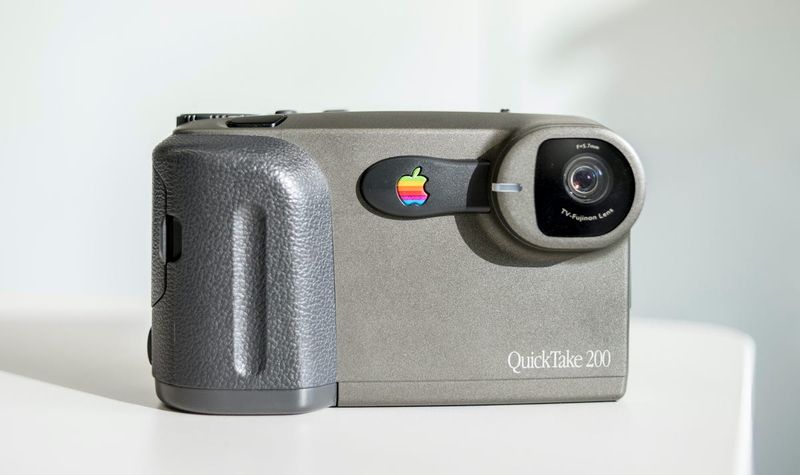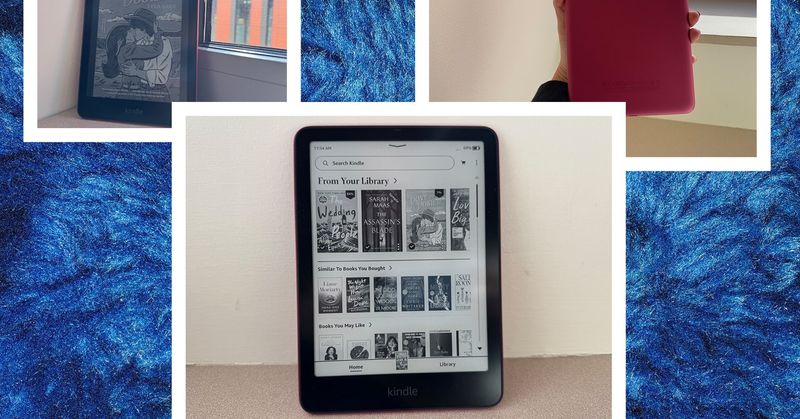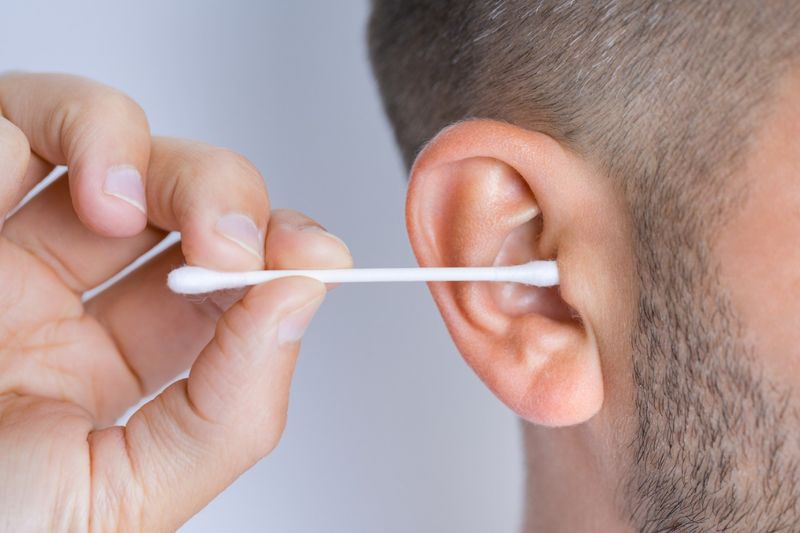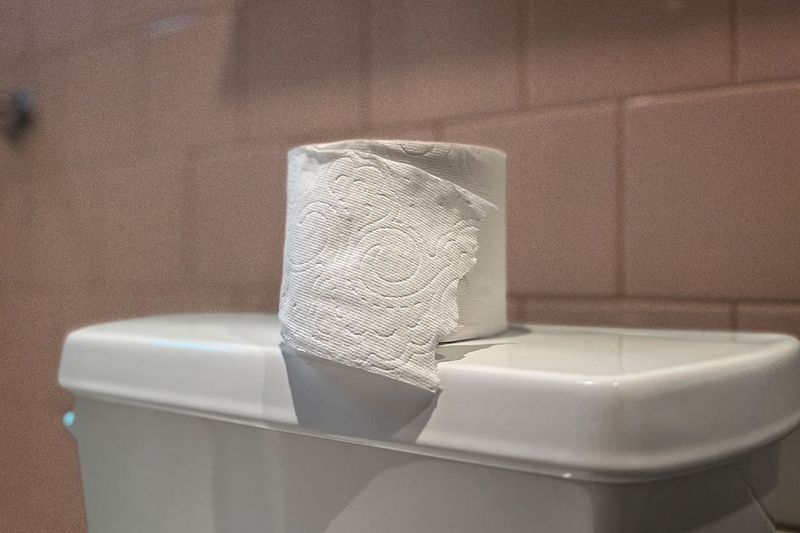The United States has been a powerhouse of innovation, shaping the world with numerous inventions that have become essential in our daily lives.
This blog post explores 35 everyday items invented in the U.S. that we often take for granted but find difficult to live without.
From household staples to technological advances, these innovations highlight the creativity and ingenuity that have come to define American innovation.
1. Electric Light Bulb
The electric light bulb, invented by Thomas Edison in 1879, revolutionized the way we live after dark. Its invention brought about a significant shift from gas and oil lamps, making homes and streets safer and more convenient.
The soft glow of the electric bulb provided a new ambiance in households. It facilitated longer working hours and leisure activities, transforming industries and urban landscapes.
Today, it’s hard to imagine life without this simple yet profound invention that brightens our nights and continues to evolve in energy-efficient ways.
2. Air Conditioning
Air conditioning, invented by Willis Haviland Carrier in 1902, is a comfort we often overlook but greatly appreciate during sweltering summer months.
Originally designed to control humidity in a printing plant, this invention quickly spread to homes, offices, and vehicles, making life more comfortable. It transformed architectural design by allowing buildings to be constructed without concern for natural ventilation.
Air conditioning also improved productivity in workplaces by creating a more pleasant environment. Its importance is undeniable, offering a respite from heat and contributing significantly to modern living.
3. Internet
The Internet, a groundbreaking invention, was developed in the United States during the 1960s. Initially a military project, it has become a vital part of daily life worldwide.
The connectivity it offers has revolutionized communication, commerce, and entertainment. It allows us to share information instantly, breaking down geographical barriers.
With the internet, we have access to a wealth of knowledge at our fingertips. It has transformed how we work, learn, and interact, making it an indispensable tool in modern society.
4. Credit Card
The credit card, introduced in the 1950s, has changed the financial landscape. This small plastic card allows for cashless transactions, offering convenience and financial flexibility.
Credit cards have enabled consumers to purchase goods and services on credit, providing a sense of security during emergencies. They also offer rewards and incentives, encouraging spending and economic growth.
However, they require responsible use to avoid debt. Despite challenges, credit cards remain a crucial part of personal finance, simplifying transactions in our fast-paced, digital world.
5. Smartphone
The smartphone, a powerful device that combines communication tools, was popularized in the U.S. with Apple’s release of the iPhone in 2007.
This pocket-sized gadget has transformed how we interact with the world, providing access to information, entertainment, and social networks. It has replaced multiple gadgets, including cameras and GPS devices, into one convenient tool.
The smartphone has become a daily companion, influencing personal and professional aspects of life. Its role in staying connected and informed underscores its indispensability in today’s fast-paced society.
6. Personal Computer
The personal computer, with its origins in the U.S., has become a cornerstone of modern life. Initially introduced in the 1970s, it has revolutionized how we work, learn, and communicate.
These powerful machines brought computational capabilities to homes and businesses, replacing typewriters and manual calculations. They have enabled the digital age, facilitating everything from word processing to complex calculations.
As technology advanced, personal computers became more affordable and accessible, playing a key role in the information age and connecting the world in unprecedented ways.
7. Jeans
Jeans, invented by Levi Strauss in the late 1800s, have become a wardrobe staple worldwide. Originally designed as durable workwear for miners, jeans have evolved into a fashion icon.
Their versatility and comfort make them suitable for various occasions, from casual outings to semi-formal events. Over the decades, jeans have been adapted in numerous styles, fits, and colors, catering to diverse fashion preferences.
This American invention embodies practicality and style, maintaining its popularity across generations and cultures.
8. Bar Code
Bar codes, developed in the U.S. in the early 1970s, have transformed the retail industry. These simple yet effective lines encode information about products, streamlining inventory management and checkout processes.
Bar codes have reduced human error, increased efficiency, and provided valuable data insights for businesses. They are now ubiquitous across various sectors, from supermarkets to shipping companies.
By enabling quick and accurate information retrieval, bar codes have become an essential tool in modern commerce, enhancing customer experience and operational efficiency.
9. GPS
The Global Positioning System (GPS), developed by the U.S. Department of Defense, is a navigation tool that has transformed travel and exploration. Initially designed for military use, GPS is now integral to civilian life.
It provides accurate location data, guiding us on road trips and adventures. Beyond navigation, GPS plays a role in tracking and emergency response, enhancing safety and efficiency.
With its widespread application in smartphones and vehicles, GPS has become a trusted companion, offering reliable guidance in our daily journeys.
10. Microwave Oven
The microwave oven, developed in the U.S. in the 1940s, revolutionized cooking by dramatically reducing preparation time. This appliance uses electromagnetic waves to heat food quickly, offering convenience for busy lifestyles.
From reheating leftovers to cooking meals in minutes, the microwave has become indispensable in kitchens. It has also spurred the development of microwave-friendly products and packaging, further simplifying meal preparation.
Despite initial skepticism, its efficiency and ease of use have cemented the microwave oven as a staple in modern households.
11. Frozen Food
Frozen food, pioneered by Clarence Birdseye in the 1920s, transformed how we preserve and consume meals. By freezing food at its peak freshness, this innovation allowed for longer storage and easier meal preparation.
It expanded culinary possibilities, offering access to out-of-season or exotic ingredients. Frozen food also contributes to reducing food waste by extending shelf life. It’s now a staple in grocery stores, providing convenience for busy individuals and families.
This invention changed how we eat, offering quick and nutritious options for any meal.
12. ATM
The Automated Teller Machine (ATM), introduced in the U.S. in the late 1960s, revolutionized banking by providing 24/7 access to cash. This invention changed the way we manage money, offering convenience and flexibility.
ATMs allowed for quick cash withdrawals, deposits, and balance inquiries without the need to visit a bank branch. They have become a crucial part of modern finance, enabling financial transactions across the globe.
Despite the rise of digital banking, ATMs remain a trusted and reliable source of cash for everyday needs.
13. Electric Guitar
The electric guitar, perfected in the U.S. in the 1930s, revolutionized music by amplifying sound and enabling new genres. It became a symbol of rock and roll, influencing generations of musicians.
The electric guitar opened new possibilities for creative expression, with its distinctive sound shaping the course of modern music. It has become an iconic instrument, inspiring countless artists to explore and innovate.
From jazz to heavy metal, the electric guitar’s impact is profound, making it an enduring symbol of musical freedom and creativity.
14. Laser Printer
The laser printer, invented in the U.S. in the 1960s, transformed the way we produce documents. This technology offers high-quality prints quickly and efficiently, becoming a staple in offices and homes.
Laser printers use precision technology to transfer text and images onto paper, reducing the need for professional printing services. They have made document production more accessible and cost-effective.
From business reports to school projects, laser printers provide reliable and consistent results, streamlining the printing process in the digital age.
15. Hearing Aid
Hearing aids, with significant advancements made in the U.S., have profoundly impacted those with hearing impairments. These small, discreet devices amplify sound, enhancing the ability to hear and interact with the world.
Over the years, hearing aids have become more sophisticated, offering features like noise reduction and wireless connectivity. They have improved communication and quality of life for countless individuals.
By addressing various hearing needs, these devices ensure inclusivity and accessibility in everyday interactions.
16. Zipper
The zipper, perfected in the U.S. in the early 20th century, has become an essential fastening tool. Its simple yet effective design offers convenience and security, replacing buttons and hooks on clothing, bags, and more.
The zipper’s versatility and ease of use make it a preferred choice in fashion and manufacturing. It has evolved over time, available in various sizes, materials, and colors.
This everyday item, often overlooked, plays a crucial role in simplifying our lives, from clothing to luggage.
17. Supermarket
The concept of the supermarket, developed in the U.S., changed how we shop for groceries. By offering a wide array of products under one roof, supermarkets provided convenience and variety to consumers.
This model transformed retail, allowing for self-service shopping and competitive pricing. Supermarkets have become community hubs, offering fresh produce, packaged goods, and essential services.
They play a vital role in modern life, meeting the diverse needs of consumers and driving economic growth through efficient supply chains.
18. Contact Lenses
Contact lenses, with significant contributions from American optometrists, have provided a comfortable alternative to eyeglasses. These small, corrective lenses sit directly on the eye, offering clear vision without affecting appearance.
They are available in various designs, catering to different vision needs and lifestyles. Contact lenses have become a popular choice for those seeking convenience and flexibility, particularly for sports and active pursuits.
They have revolutionized vision correction, enhancing everyday experiences and boosting confidence for millions worldwide.
19. Escalator
The escalator, invented in the U.S., has become a staple in public spaces, facilitating easy movement between levels. This moving staircase offers convenience and efficiency in places like malls, airports, and transit stations.
Escalators have transformed architecture by allowing for vertical transportation in confined spaces. They improve accessibility and reduce congestion, enhancing the flow of people in busy environments.
By providing a seamless transition between floors, escalators play a pivotal role in modern infrastructure, making everyday navigation more convenient.
20. Post-it Notes
Post-it Notes, invented in the U.S. in the 1970s, have become an iconic tool for organization and creativity. These small, adhesive-backed notes offer a convenient way to jot down reminders, ideas, and messages.
Their repositionable nature makes them ideal for brainstorming and planning, enhancing productivity in both personal and professional settings. The bright colors and playful design of Post-it Notes inspire creativity and collaboration.
They have become a ubiquitous part of offices and homes, helping to keep thoughts organized and easily accessible.
21. Velcro
Velcro, invented by George de Mestral and popularized in the U.S., is a simple yet versatile fastening system. Its unique hook-and-loop design offers a secure hold while allowing for easy separation.
Velcro is used in a variety of applications, from clothing and footwear to industrial and medical products. Its convenience and reliability make it an ideal choice for fastening needs.
By replacing traditional fasteners like buttons and zippers, Velcro has streamlined design and functionality across numerous industries.
22. Peanut Butter
Peanut butter, with its roots in the U.S., is a beloved staple in many households. Created in the late 19th century, this creamy spread offers a rich source of protein and healthy fats. Its versatility makes it a popular choice for sandwiches, snacks, and baking.
Peanut butter is enjoyed by all ages, providing a satisfying and nutritious option for meals. It has become a cultural icon, celebrated for its flavor and convenience. This invention has enriched diets and flavors, offering comfort and indulgence.
23. 3D Printing
3D printing, with significant advancements in the U.S., has revolutionized manufacturing and prototyping. This technology allows for the creation of three-dimensional objects from digital designs, offering precision and customization.
3D printing has applications across various industries, from healthcare to aerospace, enabling innovative solutions and reducing production costs. By facilitating rapid prototyping, it accelerates research and development, driving technological progress.
3D printing has opened new possibilities for creativity and efficiency, transforming how we design and produce goods.
24. Smoke Detector
The smoke detector, developed in the U.S. in the 1960s, has become a critical safety device in homes and businesses. This invention alerts occupants to potential fires, providing early warning and potentially saving lives.
Smoke detectors have significantly reduced fire-related injuries and fatalities, promoting peace of mind. They are now required by building codes, ensuring widespread adoption and protection.
Smoke detectors have evolved with technology, offering features like carbon monoxide detection and wireless connectivity, enhancing safety and reliability in everyday environments.
25. Electric Toothbrush
The electric toothbrush, introduced in the U.S., has transformed oral hygiene by providing an efficient and effective way to clean teeth. With its automated bristle movement, it offers superior plaque removal compared to manual brushing.
The electric toothbrush has become a popular choice for both children and adults, promoting healthier gums and teeth. Many models offer features like timers and pressure sensors, encouraging better brushing habits.
This innovation has made oral care more accessible and engaging, contributing to overall dental health.
26. Tupperware
Tupperware, created in the U.S. in the mid-20th century, revolutionized food storage with its airtight and durable design. These plastic containers keep food fresh, reducing waste and enhancing organization in kitchens.
Tupperware’s innovative sealing mechanism preserves flavor and extends shelf life, making it a household essential. Its portability and versatility make it ideal for meal prep and leftovers.
Over the years, Tupperware has become synonymous with quality and convenience, celebrated for its contribution to modern food storage solutions.
27. Video Games
Video games, with their origins in the U.S., have evolved into a global entertainment phenomenon. From simple arcade games to complex virtual worlds, they offer interactive experiences that captivate players of all ages.
Video games have influenced culture, technology, and storytelling, becoming a major industry. They provide a platform for creativity and social interaction, bringing people together through shared experiences.
The innovation and artistry in video games continue to push boundaries, offering endless possibilities for entertainment and engagement.
28. Electric Shaver
The electric shaver, developed in the U.S., has become a staple in grooming routines, offering a quick and convenient way to achieve a clean shave.
This device uses oscillating blades to trim hair without the need for water or shaving cream. Electric shavers are designed for ease of use, reducing the risk of cuts and irritation.
They are popular among those seeking efficiency and comfort in their grooming routine. With advancements in technology, electric shavers continue to improve, offering precision and versatility in personal care.
29. Wi-Fi
Wi-Fi, a wireless technology developed with significant contributions from the U.S., has transformed how we connect to the internet. It allows devices to communicate without physical cables, offering flexibility and mobility.
Wi-Fi has become an essential feature in homes, offices, and public spaces, enabling seamless connectivity for multiple devices. This innovation has facilitated the growth of smart technology, supporting everything from laptops to IoT devices.
By providing convenient and reliable internet access, Wi-Fi has become a cornerstone of modern digital life.
30. Nanotechnology
Nanotechnology, with groundbreaking research in the U.S., has opened new frontiers in science and engineering. This field involves the manipulation of matter at the atomic and molecular scale, offering unprecedented precision.
Nanotechnology has applications in medicine, electronics, and materials science, enabling innovations like targeted drug delivery and advanced materials. Its potential to transform industries and improve quality of life is immense.
By harnessing the power of the nanoscale, researchers continue to explore new possibilities, shaping the future of technology and innovation.
31. Battery
The development of batteries in the U.S. has played a crucial role in portable power and energy storage. Batteries enable countless devices, from flashlights to smartphones, providing reliable energy on the go.
This invention has driven technological advancement, supporting mobile electronics and renewable energy systems. Batteries have become more efficient and environmentally friendly over time, adapting to the needs of modern society.
Their versatility and reliability make them indispensable in daily life, powering the tools and gadgets we rely on.
32. Digital Camera
The digital camera, with significant advancements in the U.S., revolutionized photography by replacing film with digital sensors. This technology enables instant image capture and sharing, transforming how we document our lives.
Digital cameras offer high-quality photos and videos, with features that enhance creativity and convenience. They have become integral to smartphones, expanding accessibility and usage.
The digital camera’s impact on social media, journalism, and art is profound, reshaping how we see and capture the world.
33. E-Book Reader
The e-book reader, popularized in the U.S., has transformed reading by allowing access to a vast library of books in one device. This portable gadget offers convenience and flexibility, enabling readers to carry multiple titles easily.
E-book readers have changed the publishing industry, offering new opportunities for authors and publishers. They promote accessibility and environmental sustainability by reducing the need for physical books.
The rise of e-books has enriched the reading experience, making literature more accessible and engaging for people worldwide.
34. Q-Tips
Q-Tips, or cotton swabs, are a staple in many homes for a variety of purposes. Invented in the 1920s by Leo Gerstenzang, these small yet versatile tools are primarily used for cleaning ears, applying makeup, and crafting.
The design of Q-Tips is simple yet effective. A small wad of cotton is tightly wound around each end of a short stick, often made of plastic or paper. This design provides precision for delicate tasks.
While their uses have evolved over time, Q-Tips continue to be a trusted tool in households worldwide, proving that simple ideas can have lasting impacts.
35. Toilet Paper
Toilet paper, an invention we often overlook, revolutionized personal hygiene. Back in the late 19th century, an American named Joseph Gayetty introduced the first commercially packaged toilet paper. Today, it is a fundamental necessity in every household.
The production of toilet paper involves a complex process of pulping, bleaching, and layering to achieve the softness and durability we expect. Its convenience and hygiene benefits have made it indispensable in modern life.
This simple roll has greatly impacted public health standards, making it a testament to how minor innovations can lead to significant societal improvements.
